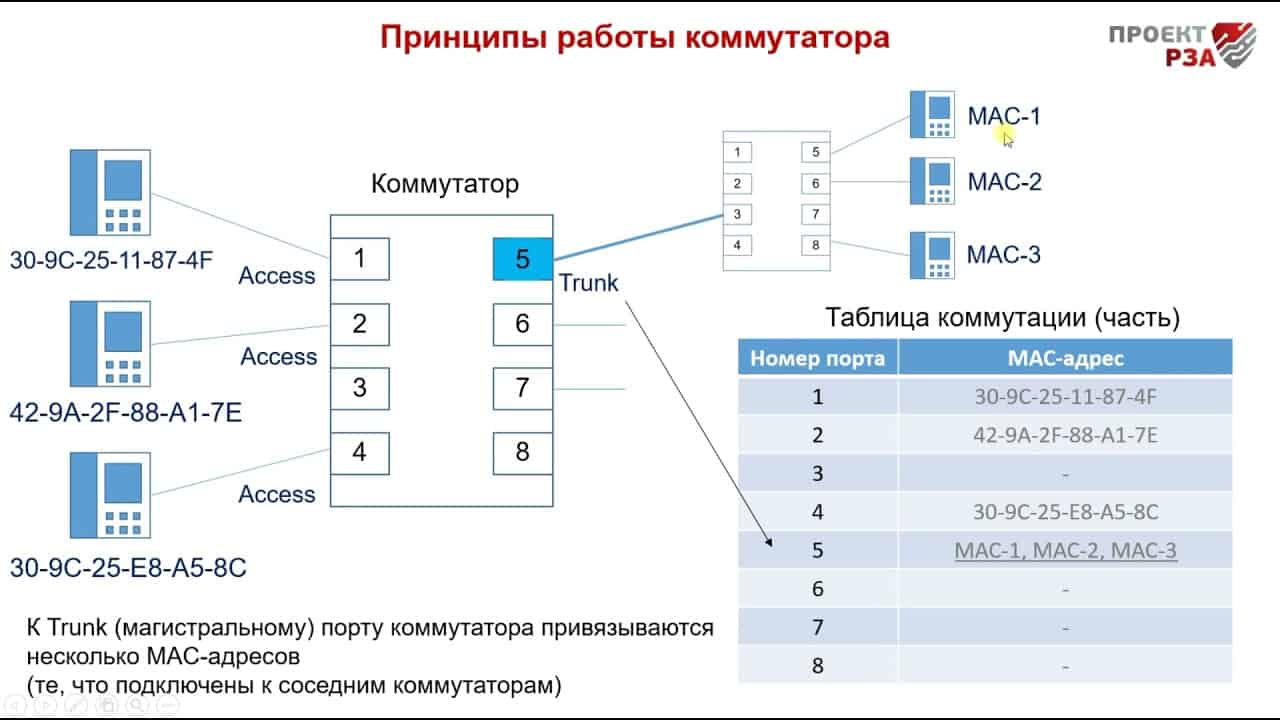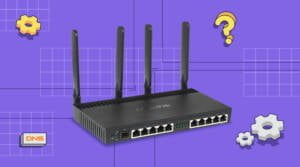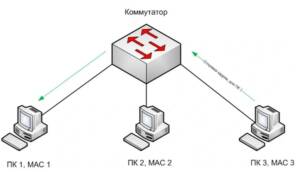Internet switch: main features and benefits
An Internet switch is a device used to connect computers and other network devices in a local area network. The switch is designed to process network traffic and forward information between devices. The main function of a switch is to forward data between devices in a local area network. The switch automatically determines which device to forward data to and also controls traffic to avoid network congestion. The benefits of using an Internet switch are obvious. Firstly, it improves network performance and speeds up data transfer. Secondly, the switch provides a higher level of security, as it controls access to the network and protects it from unauthorized access. In addition, the switch allows you to configure the network and manage its operation, which makes it an indispensable tool for network administrators. It is important to note that an Internet switch is a more advanced device than a regular hub. Unlike a hub, which simply repeats signals to all ports, a switch processes traffic and forwards data only to the required device, which reduces the load on the network and increases its performance. Thus, using a switch for the Internet is a prerequisite for creating an effective and secure local network. The switch is one of the most important devices in the network, which provides high data transfer speeds. This is due to the principle of its operation - the switch forwards data packets only to those ports where they should be delivered, bypassing unused ports.
Thus, the switch can simultaneously transmit many data packets over different ports at high speed, which can significantly speed up the network. Moreover, the switch can automatically detect the speed and type of connected device, determining the most efficient way to transfer data.
It is important to note that the quality of the switch directly affects the speed and performance of the network. Therefore, when choosing a switch, you need to consider parameters such as the number of ports, supported standards, and customization options.
Thus, the switch is an indispensable device for ensuring high data transfer speeds in the network. Its correct selection and configuration will help optimize the network and increase its performance.
A switch is a device that is used to control traffic on a local network. Its main task is to send data between devices that are on the same network.
There are several factors to consider when choosing a switch for your network. First of all, you need to decide on the number of ports that will be used on the network. It is also necessary to take into account the data transfer speed and the possibility of network expansion in the future.
One of the important parameters of a switch is its throughput. It determines the amount of data that can be transmitted through the switch per unit of time. The higher the bandwidth, the faster data will be transferred over the network.
You also need to pay attention to the management capabilities of the switch. Some models have the ability to configure using a web interface or command line, which allows you to configure the switch to suit your needs.
When choosing a switch, you must also consider the manufacturer's brand. Some well-known brands, such as Cisco or HP, offer more reliable and capable devices, but their cost may be higher.
Ultimately, when choosing a switch for your network, you need to consider various factors, such as the number of ports, bandwidth, management capabilities, and manufacturer brand. Choosing the right switch will help ensure stable and fast operation of your network.
How to connect a switch to a network: step-by-step instructions
To use the switch to connect to the Internet, you need to follow a few simple steps.
Step 1: Connect the Ethernet cable from your modem to the WAN port on the switch.
Step 2: Connect another Ethernet cable from the LAN port on the switch to the Ethernet port on your computer.
Step 3: Connect the switch to a power source.
Step 4: Power on the switch and wait until it boots up completely.
Step 5: Open a web browser on your computer and enter the switch's IP address in the address bar. Usually it's 192.
168.
0.
1 or 192.
168.
1.
1, but you can find this information in the switch user manual.
Step 6: Enter your username and password to access the switch settings.
Step 7: Configure the switch to suit your needs. You can change network settings, security settings, and other settings.
Step 8: Save the settings and reboot the switch.
Now you can use the switch to connect to the Internet and provide a fast and stable network in your home or office.
What are the alternatives to a switch for the Internet?
A switch is a device that is used to connect multiple devices into one network. But what if you don't want to use a switch? There are several alternative options.
The first option is to use a router. A router allows you to connect multiple networks into one large network. It can also be used to configure security and access control on a network.
The second option is to use a repeater. A repeater is a device that amplifies a signal and transmits it to another device. It can be used to increase signal range or to eliminate signal interference.
The third option is to use a bridge. A bridge allows you to connect two different networks and transfer data between them. It can be used to increase data transfer speeds or to expand the network.
Each of these options has its own advantages and disadvantages, and the choice depends on your needs and network requirements.
Read further:






